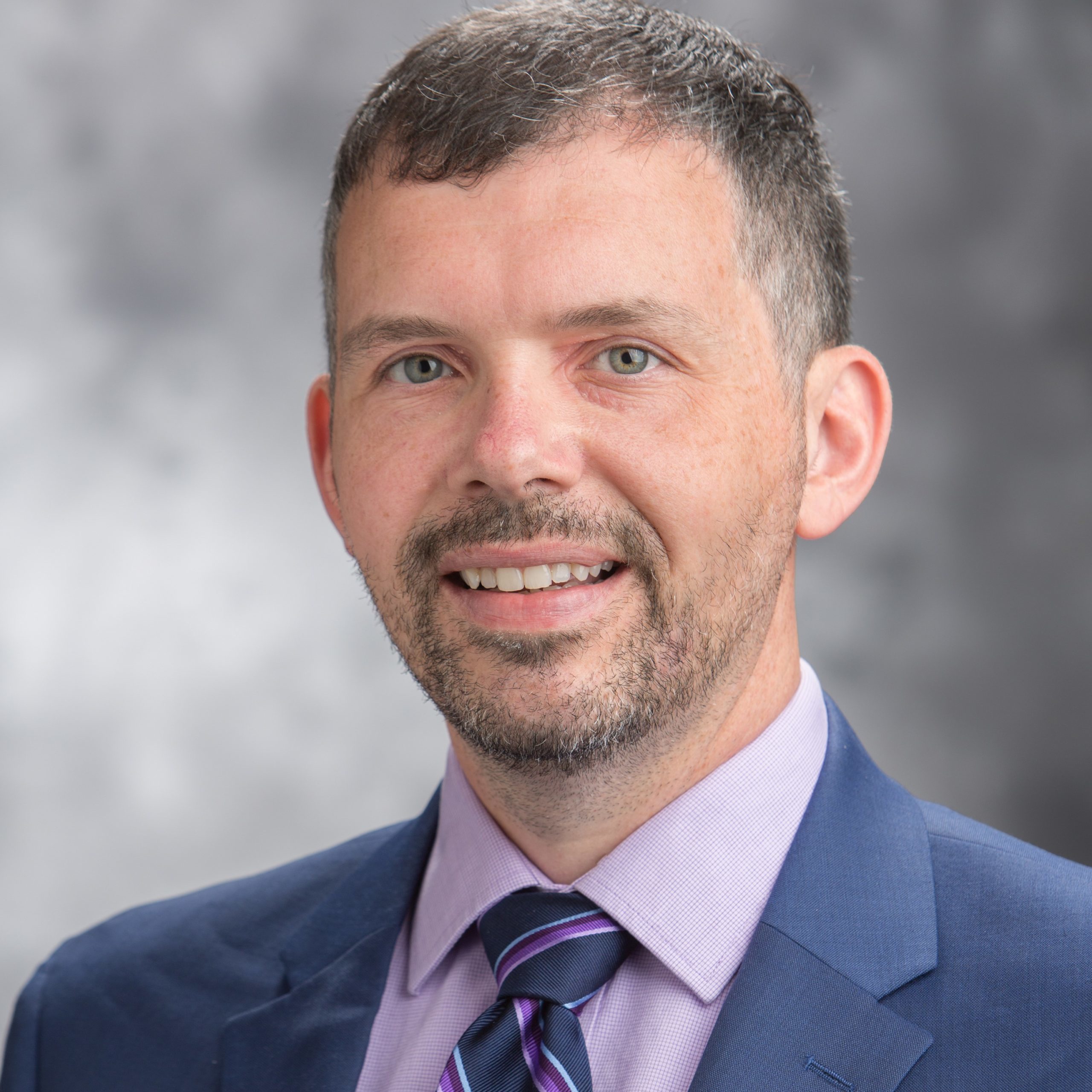ChatGPT: Is It Safe to Use for Your Healthcare Communications?
A new eHealthcare Strategy & Trends webinar for healthcare marketers and strategists
Presented May 24, 2023
Are you up to speed on ChatGPT? Is your organization counting on you to be the expert? Explore the opportunities and threats with our panel of industry leaders — and stay ahead of the curve.
This webinar is free for members of eHealthcare Strategy & Trends
Not a member yet?
Start your trial membership.
Sign up for a free 7-day trial
to watch this webinar
and download the slides
now.
Plus, get access to all member resources.
Already a member?
Log in to watch.
Your Presenters:
Ahava Leibtag, President and Owner, Aha Media Group
Chris Hemphill, Senior Director, Commercial Intelligence, Woebot Health
Chris Pace, Chief Digital Marketing Officer, Banner Health
Alan Shoebridge, Associate Vice President for National Communication, Providence


Would you put someone you cared about in a self-driving car and let it take them for a spin? Maybe someday — but today, you’d be putting their life in the hands of technology that isn’t ready for prime time.
ChatGPT is the latest technology craze, even newer and more unvetted than driverless cars. With its blazing fast ability to generate content, ChatGPT has captured our imaginations while surfacing our biggest fears: Can it replace us? Will human writers become obsolete?
For healthcare content marketers, the big question is, should you trust ChatGPT to write your content? And if so, could your patients trust the ChatGPT-generated information they find on your website? Today there are more questions than answers.
Watch this lively panel discussion with top industry experts who will share how their organizations are using ChatGPT — or NOT using it, and why.
You’ll learn:
- Who’s using ChatGPT, and what they’re using it for.
- Why you might want to think twice about having ChatGPT write your healthcare content.
What’s coming next with ChatGPT. - How search engines view AI-generated content.
- Why learning to write prompts is a new key skill every communicator should master.
- Whether ChatGPT makes more work or less work for content writers.
- What to consider when using ChatGPT to write headlines, Tweets, Top 10 lists - and much more!
About your Presenters
Ahava Leibtag, a 2020 inductee into the Healthcare Internet Hall of Fame as an Innovative Individual, has 20+ years of experience in content. She has consulted with some of the world’s largest firms to attract and grow their audiences. Ahava is the president and owner of Aha Media Group, LLC, a copywriting, content strategy and content marketing consultancy. She is also the author of The Digital Crown: Winning at Content on the Web and loves a great logic puzzle, a long game of Apples to Apples and anything that has chocolate.

Chris Hemphill is director of Commercial Intelligence at Woebot Health, a role that combines data science with AI strategy for health systems and insurers. He works with healthcare leaders to drive ethical and effective decisions with AI and algorithms. Hemphill’s work in data ethics initiatives led to collaborations between Chicago Booth’s Center for Applied AI and reduced racial and gender bias in algorithms. Hemphill is currently a McSilver Fellow-In-Residence. Their current focus is on engagement arcs and uncovering unseen population health needs in the digital mental health sector.

Chris Pace is a marketing leader with over 20 years devoted to the health care industry. He is currently the Chief Digital Marketing Officer at Banner Health, the largest hospital system and employer in the state of Arizona. His responsibilities include driving the content strategy, service line marketing strategy, and website development strategy. Since joining Banner Health in 2018, Chris’ leadership has pushed Banner Health to expand its digital footprint through a comprehensive digital marketing stack. BannerHealth.com is now a top 10 most visited health care industry website.

Alan Shoebridge is the Associate Vice President for National Communication at Providence. He leads a diverse, multi-state communication team responsible for internal communication, public relations, issues management, labor relations and DE&I initiatives. Alan has also held senior marketing and communication leadership roles at Kaiser Permanente and Salinas Valley Memorial Healthcare System. Alan currently serves on the board of the Society for Healthcare Strategy and Market Development (SHSMD), a membership group of the American Hospital Association that specializes in marketing, communication, business development and strategic planning.

Do you have valuable content that you'd like to get in front of decision makers at hospitals, health systems, and physician groups?

